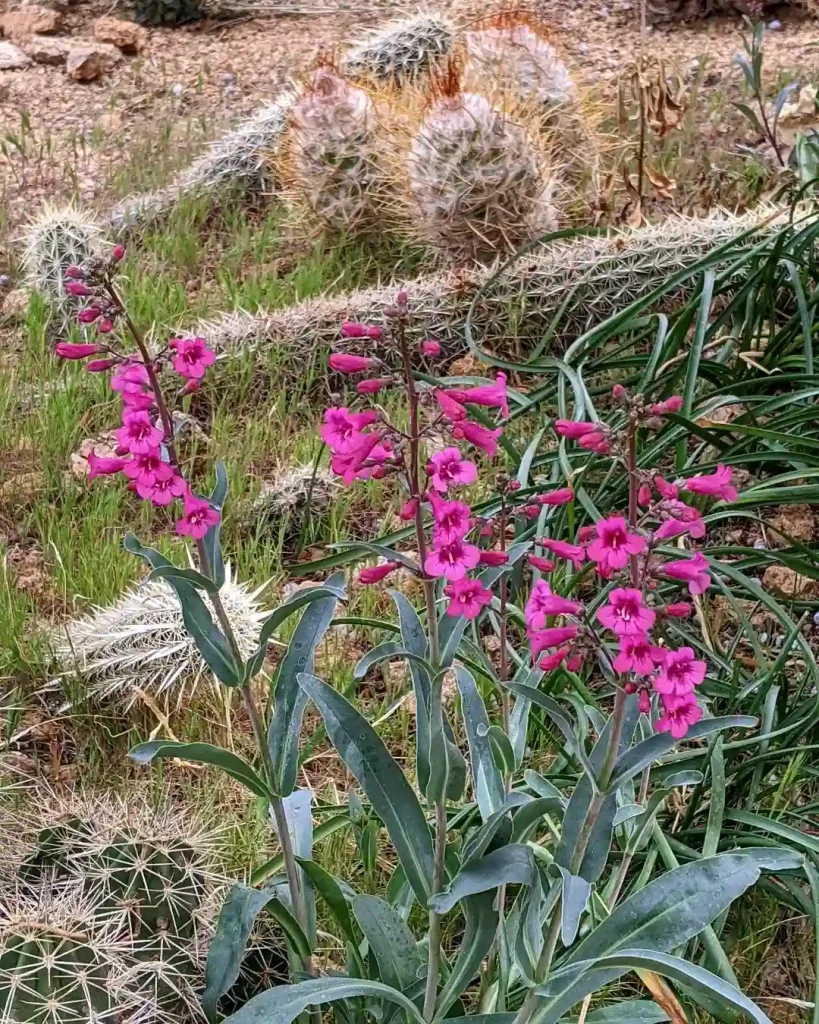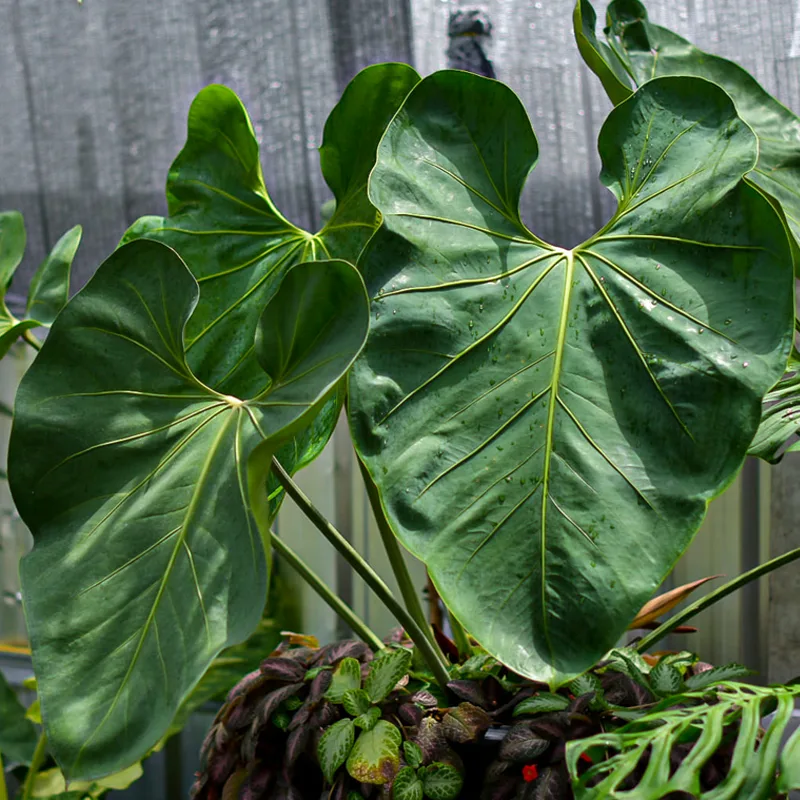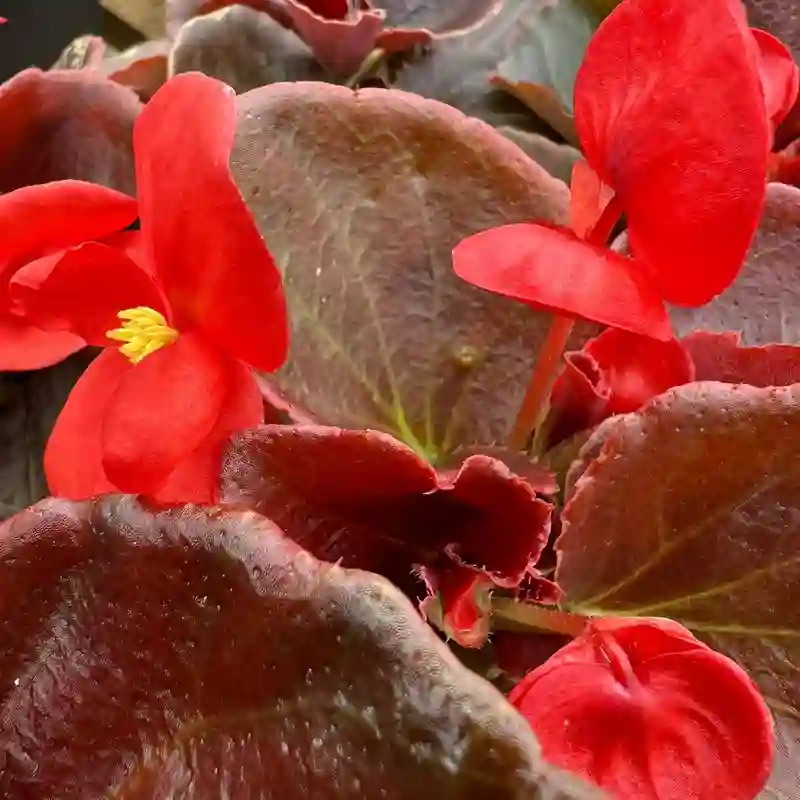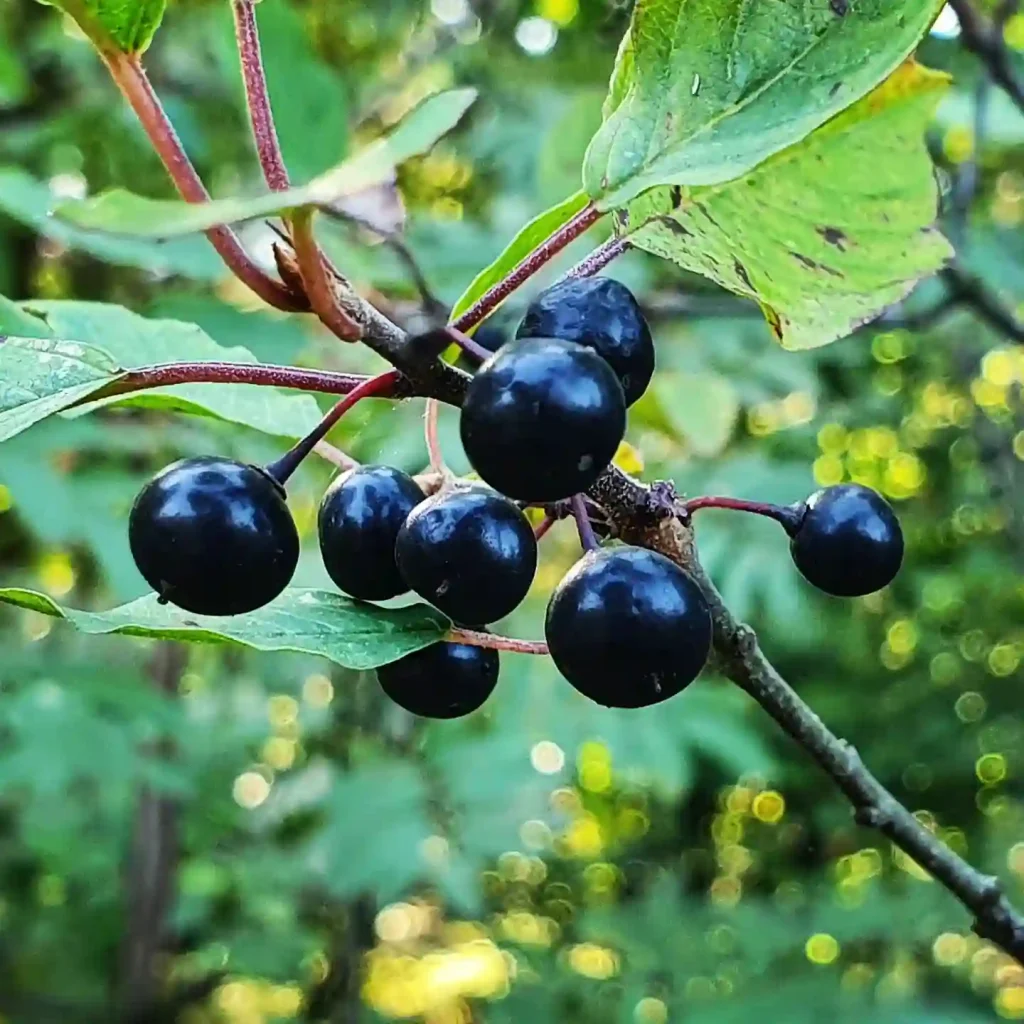Sisymbrium Irio: A Common Weed You Should Know
Hi, I’m Ferb Vu, and I get a lot of questions about Sisymbrium Irio, a plant that pops up in gardens and yards unexpectedly. This wildflower, also known as London Rocket or Tumble Mustard, can be a bit of a nuisance, but it also has some interesting characteristics. Let’s dig into the most common questions I get about Sisymbrium Irio.
What is Sisymbrium Irio?
Sisymbrium Irio is a flowering plant in the Brassicaceae family, the same family as broccoli, cabbage, and mustard. Native to the Middle East, North Africa, and Southern Europe, it’s become a widespread invasive weed found in dry, disturbed areas like towns, deserts, and even farms.
Plant Family: 354 Genera in Brassicaceae
How can I identify Sisymbrium Irio?
Sisymbrium Irio is a variable plant, meaning its size can differ greatly. It’s typically an annual herb reaching up to three feet tall with erect, branching stems. The leaves are green and lobed or dissected at the base, with simpler, oblong leaves higher on the stem. Tiny yellow flowers cluster at the top of the stems, followed by slender seed pods that turn brown when mature.
A key identification feature is the seed pod. The stalk holding the pod (pedicel) is longer and thinner than the pod itself (silique).
Is Sisymbrium Irio edible?
Technically, yes, the young leaves of Sisymbrium Irio are edible and have a peppery flavor similar to other mustards. However, there are a few things to consider:
- Identification: Confusing Sisymbrium Irio with a poisonous lookalike can be dangerous. Unless you’re a seasoned botanist, it’s best to err on the side of caution.
- Nutrient content: Sisymbrium Irio isn’t a particularly nutritious food source.
- Weed status: If the plant is growing in a contaminated area, it may have absorbed herbicides or other toxins.
Overall, it’s best to enjoy Sisymbrium Irio for its interesting appearance rather than its culinary potential.
How does Sisymbrium Irio spread?
Sisymbrium Irio is a prolific seed producer. A single plant can generate thousands of tiny seeds that stay viable in the soil for years. These seeds are easily spread by wind, water, or even by sticking to animal fur or clothing.
Here’s where the “Tumble Mustard” nickname comes in. When the plant dries out, the entire structure detaches from the roots and tumbles across the landscape, scattering seeds as it goes.
How can I control Sisymbrium Irio?
The best way to control Sisymbrium Irio is to prevent it from establishing itself in the first place. Here are a few tips:
- Maintain a healthy lawn or garden bed: Thick, established plants make it harder for Sisymbrium Irio seeds to germinate.
- Hand-pull seedlings: Regularly weeding your garden will remove young Sisymbrium Irio plants before they can set seed.
- Be mindful of soil disturbance: Disturbing the soil encourages seed germination, so minimize unnecessary digging or tilling.
For larger infestations, spot application of herbicide may be necessary. Always follow the label instructions carefully and only use herbicides approved for your specific location and plant type.
Is Sisymbrium Irio related to mustard?
Yes, Sisymbrium Irio is indeed related to mustard. Both belong to the Brassicaceae family, known for its pungent, peppery vegetables like cabbage, broccoli, and of course, mustard. Sisymbrium Irio’s young leaves share that characteristic peppery flavor, but it’s not cultivated commercially like its more well-known relatives.
Is Sisymbrium Irio the same as hedge mustard?
Sisymbrium Irio belongs to the genus Sisymbrium, which is closely related to the genus Descurainia, commonly known as hedge mustards. These plants share many physical similarities, and differentiating them can be tricky for the untrained eye.
Here’s a general rule: True hedge mustards (Descurainia spp.) tend to have broader, flatter seed pods compared to the slender pods of Sisymbrium Irio. However, if you’re unsure, it’s always best to consult a reliable plant identification guide or a local botanist.
If i die, water my plants!



